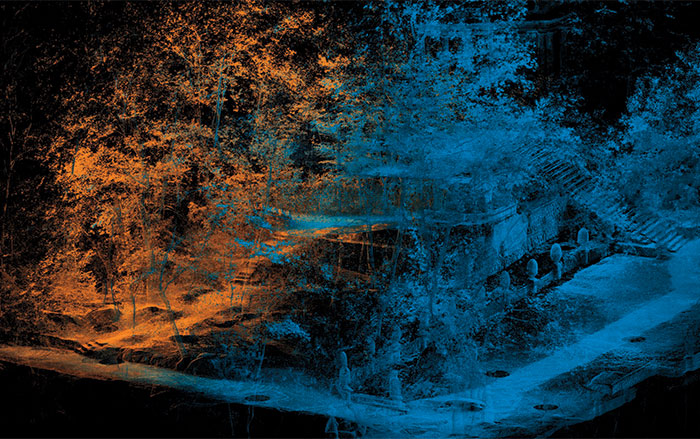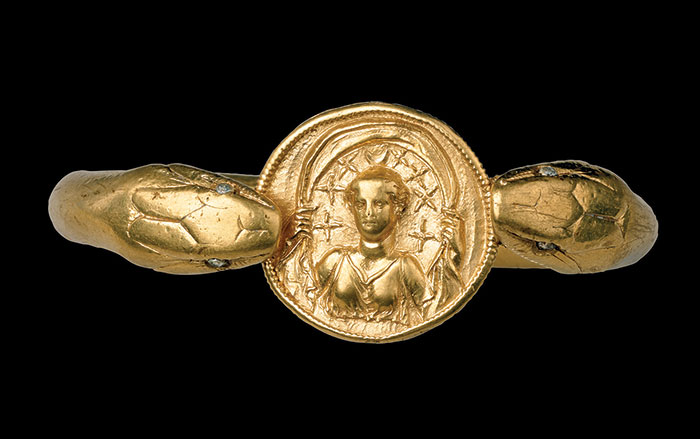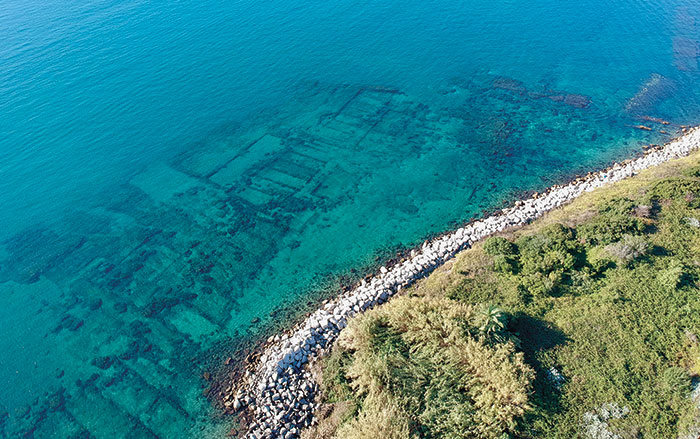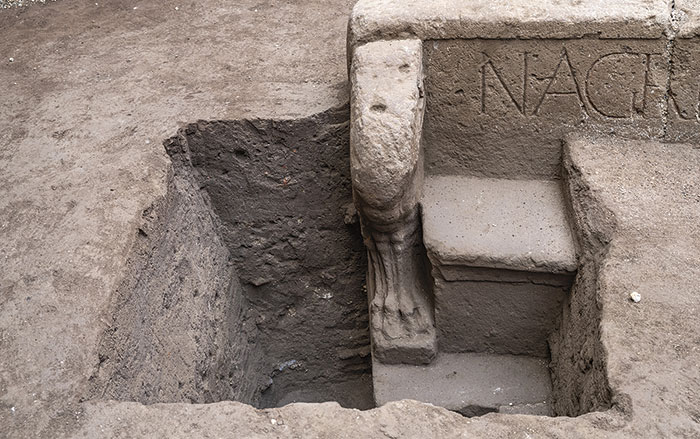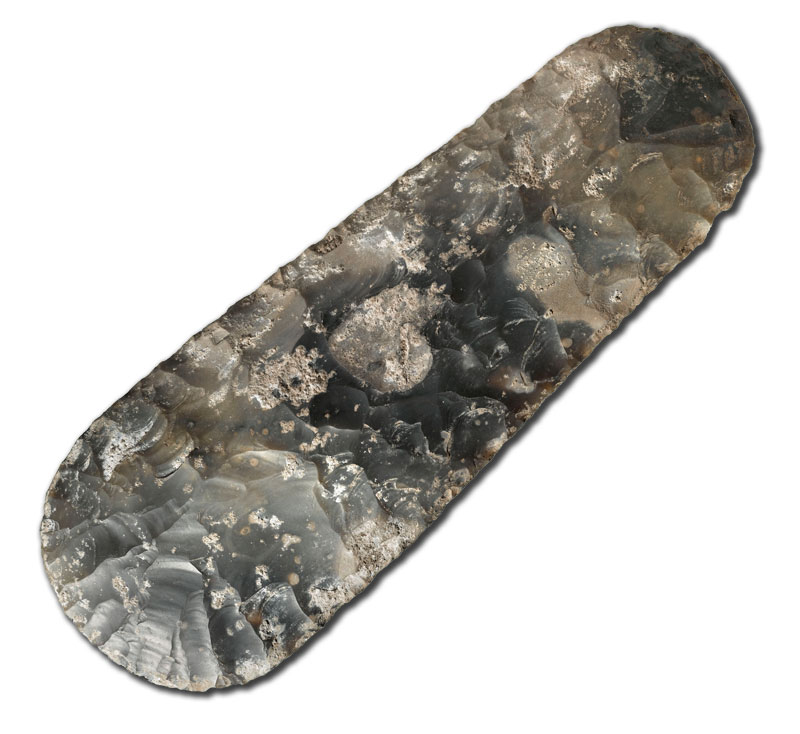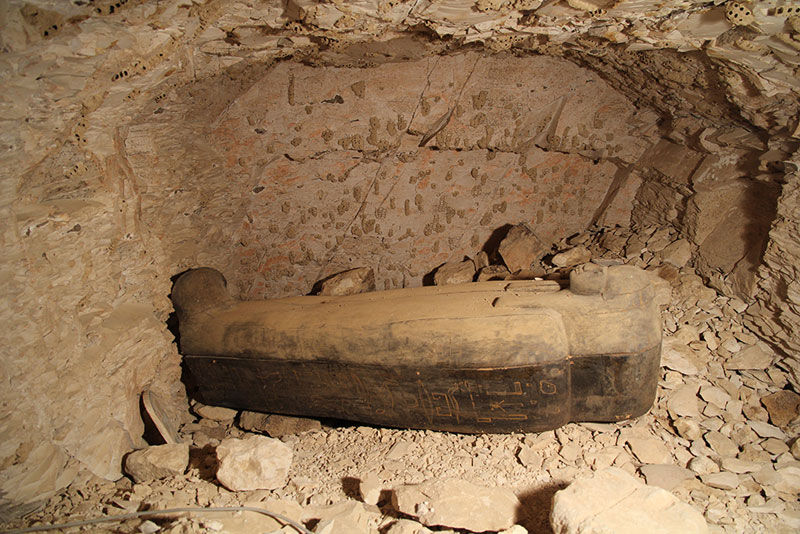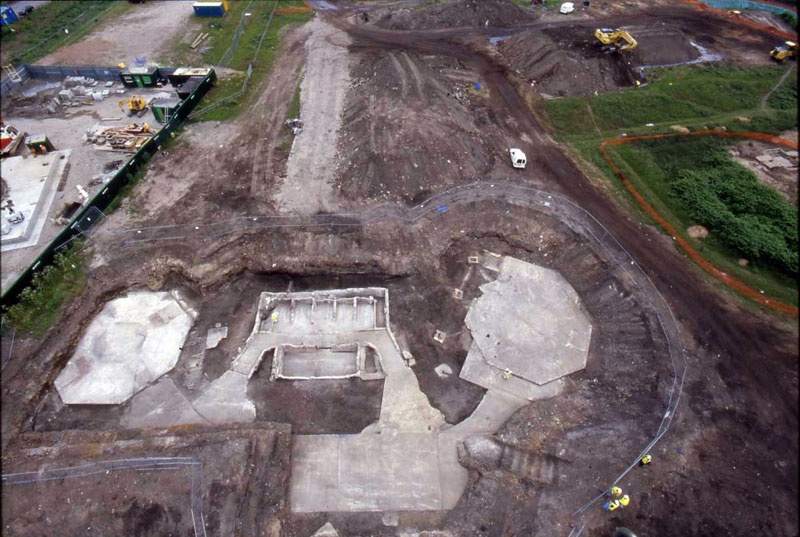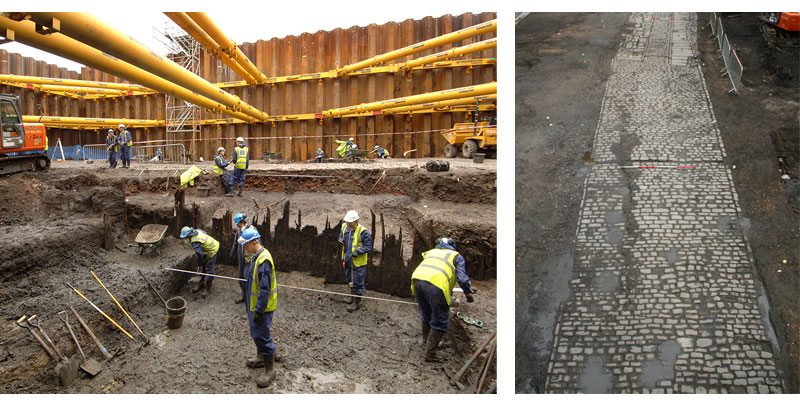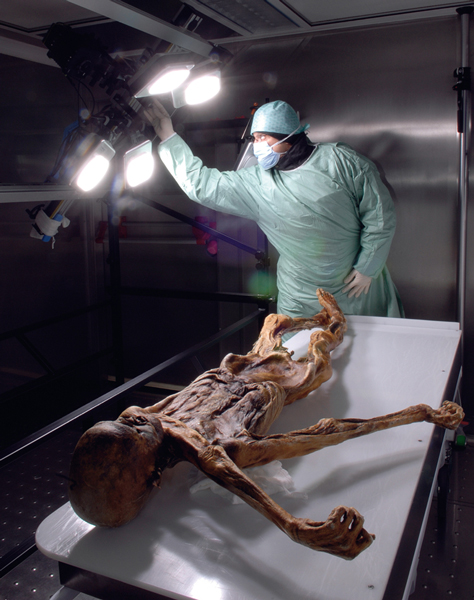
It's been more than 20 years since Ötzi, the 5,300-year-old Neolithic iceman, was found in the Italian Alps. Since then, researchers have figured out what he likely ate as his last meal (wild einkorn wheat bran) and how he died (an arrow to the back that pierced an artery). They have also sequenced his maternal DNA, determining that his lineage was genetically rare and has since gone extinct.
Now researchers have investigated the rest of Ötzi's genome, thanks to the Y-chromosome DNA found in bone from his left hip. Ötzi's paternal ancestors moved into Europe from the Near East more than 6,000 years ago. Further, he was lactose intolerant, had type O blood, had brown hair and eyes, and may have had Lyme disease—his DNA carries sequences from the bacteria responsible for the illness, which is tricky to identify even today.
"We think that the iceman must have had at least some early symptoms, such as fever and temporary weakness," says Albert Zink, head of the Institute for Mummies and the Iceman at the European Academy of Bolzano in Italy. "In a later stage, Lyme disease can affect the joints and the nervous system, but we don't have any proof of that for the iceman."
In other recent work, scientists probed thin tissue slices from the arrow wound and a laceration on Ötzi's hand. They used an atomic force microscope to trace the surface of the tissue and create a 3-D rendering. The resulting images included doughnut shapes that are the hallmark of red blood cells. Zink says finding blood cells and the clotting protein fibrin—and no sign of healing—at the arrow wound site indicates that Ötzi died within minutes of being shot.


